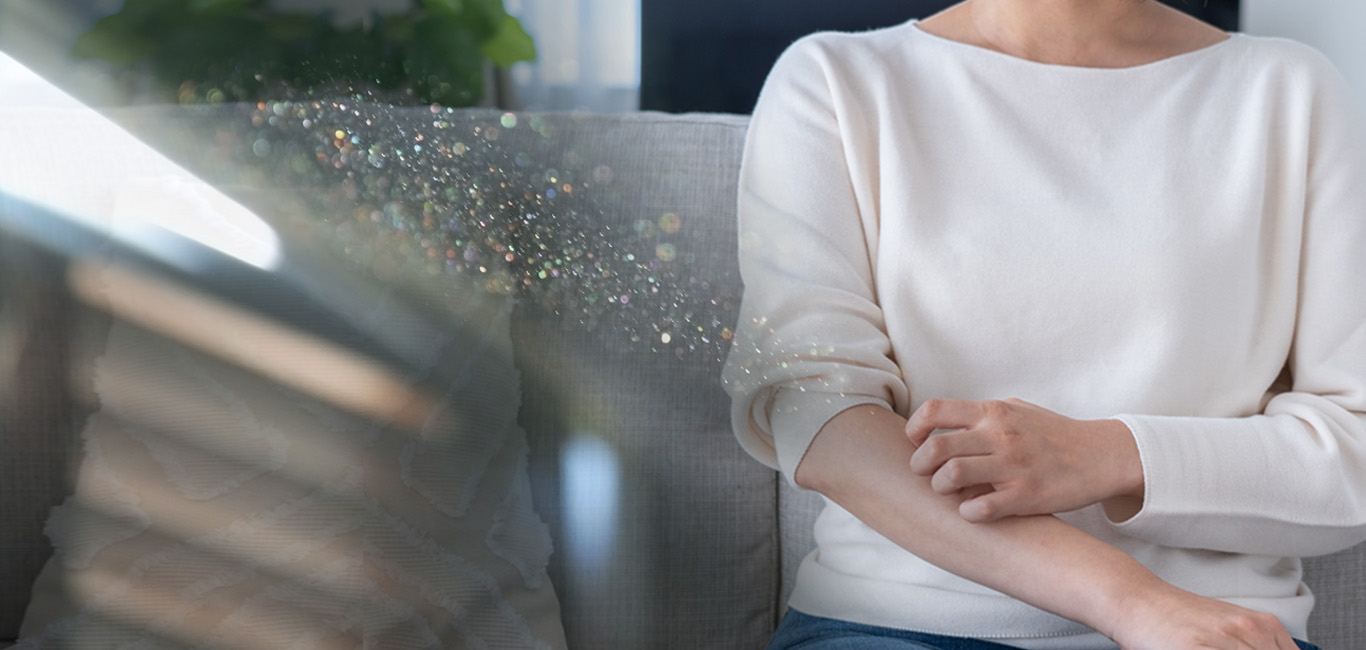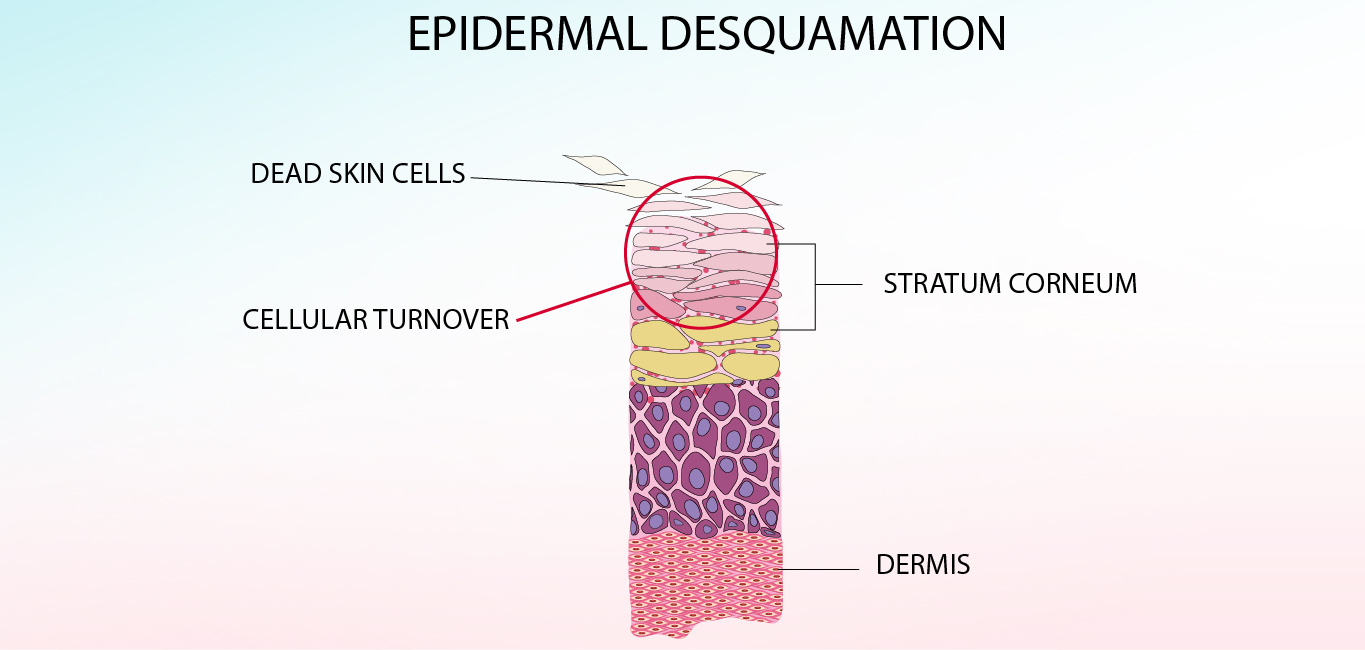
The air we breathe, the surfaces we touch, and the floors we walk on — all play host to a never-ending cycle of dust and debris. But did you know that the main component of this dust is dead skin cells? Every time we move, we shed tiny flakes of skin, and over time, these cells accumulate in our homes, becoming a breeding ground for allergens and other harmful particles.
What are dead skin cells?
Dead skin cells are just what they sound like — dead cells on the surface of the skin. A 2004 research review by dermatologist, Dr Leonard M Milstone reported, a person loses between two billion to ten billion dead skin cells in 24 hours. The research also revealed that neither friction nor grooming was required for shedding, and it was the body’s natural way to maintain equilibrium.
Another 2011 study by Dr Charles J Weschler to analyse indoor dust reported that squalene (a natural component found in human sebum) and cholesterol (fatty deposits under the skin) were found in the dust samples collected from 500 children’s bedrooms and 151 daycare centres.
Understanding the process of shedding and cellular turnover
The process of shedding the dead cells layer which usually is invisible to the naked eye is called epidermal desquamation. Epidermal means ‘layer of the skin’ and desquamation comes from the Latin word, desquamare which means ‘to peel off or scrape off’.
The outermost layer of the skin, called the stratum corneum, is composed of about 15 – 20 layers of dead skin cells. “The process called the cellular turnover causes the top layer of dead cells to flake off, while new cells move to the surface,” says Toronto based Dr Geeta Yadav, board-certified dermatologist and founder of FACET Dermatology.
Cellular turnover is an ongoing cycle of cell birth and cell death that continues until our final breath. However, this delicate balance can be swayed by age and environmental factors. As we age, our cells turn over at a slower pace. But why does it expend so much energy in this constant reshuffling of cells? “The answer lies in its unwavering protection from cancer to skin conditions like keratodermas, psoriasis, and ichthyosis,” says Dr Pavithra H N, consultant dermatologist and trichologist at Aarna Aesthetic Dermatology and Cardiology Clinic, Bengaluru. The skin silently works behind the scenes to keep us safe and healthy.
“The process of shedding the dead cells layer is unwavering but when it gets accumulated on the skin, it can cause dryness and corns,” she says. Corns are thickened, hard areas of dead skin cells. “Dead skin cells can make skin appear dry, rough, and textured. The build-up of dead skin cells can also congest pores, causing breakouts and irritation,” adds Dr Yadav.

When does dead skin flaking off signal alarms?
In general, skin shedding should not raise concern when there is a trigger, such as a sunburn or retinol treatments that increase skin cell turnover. This type of shedding is temporary and can be reduced by using moisturiser. “Unexpected shedding with no clear cause could signal a deeper issue. If accompanied by chills, fever, or peeling skin, it’s essential to get a proper medical evaluation,” says Dr Yadav.
Eczema and psoriasis are common skin conditions that can trigger shedding. Although they cannot be completely healed, their symptoms can be effectively managed through lifestyle modifications, topical remedies, and medications.
Do women shed more than men?
The answer to the question cannot be simply answered with a “yes” or “no”. There are multiple factors that need to be considered before reaching a conclusion. A 2018 study by A Firooz, researcher and professor of dermatology at Tehran University of Medical Sciences, published in the International Journal of Women’s Dermatology states that women’s skin differ from men in terms of sebum production, thickness, and elasticity. The impact of genetic and environmental factors, sex hormones, individual behaviours, and ethnicity also play a crucial role. The study further reveals that men have higher sebum production and larger pores, making their skin thicker and oilier.
Dr Yadav concurs that all these factors influence dead skin shedding. “Women can experience greater skin cell shedding than men, but this is not a universal phenomenon,” she says. It is essential to consider the use of treatments and techniques that increase cellular turnover, leading to increased skin shedding.
Research finds dead skin cells work towards scrubbing down the indoor ozone
According to Dr Weschler’s study, the contribution of squalene present in settled dust and absorbed to indoor surfaces to the removal of ozone indoors is minor and comparable to the removal caused by terpenes (naturally occurring chemical compounds found in plants and some animals).

















